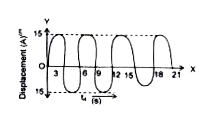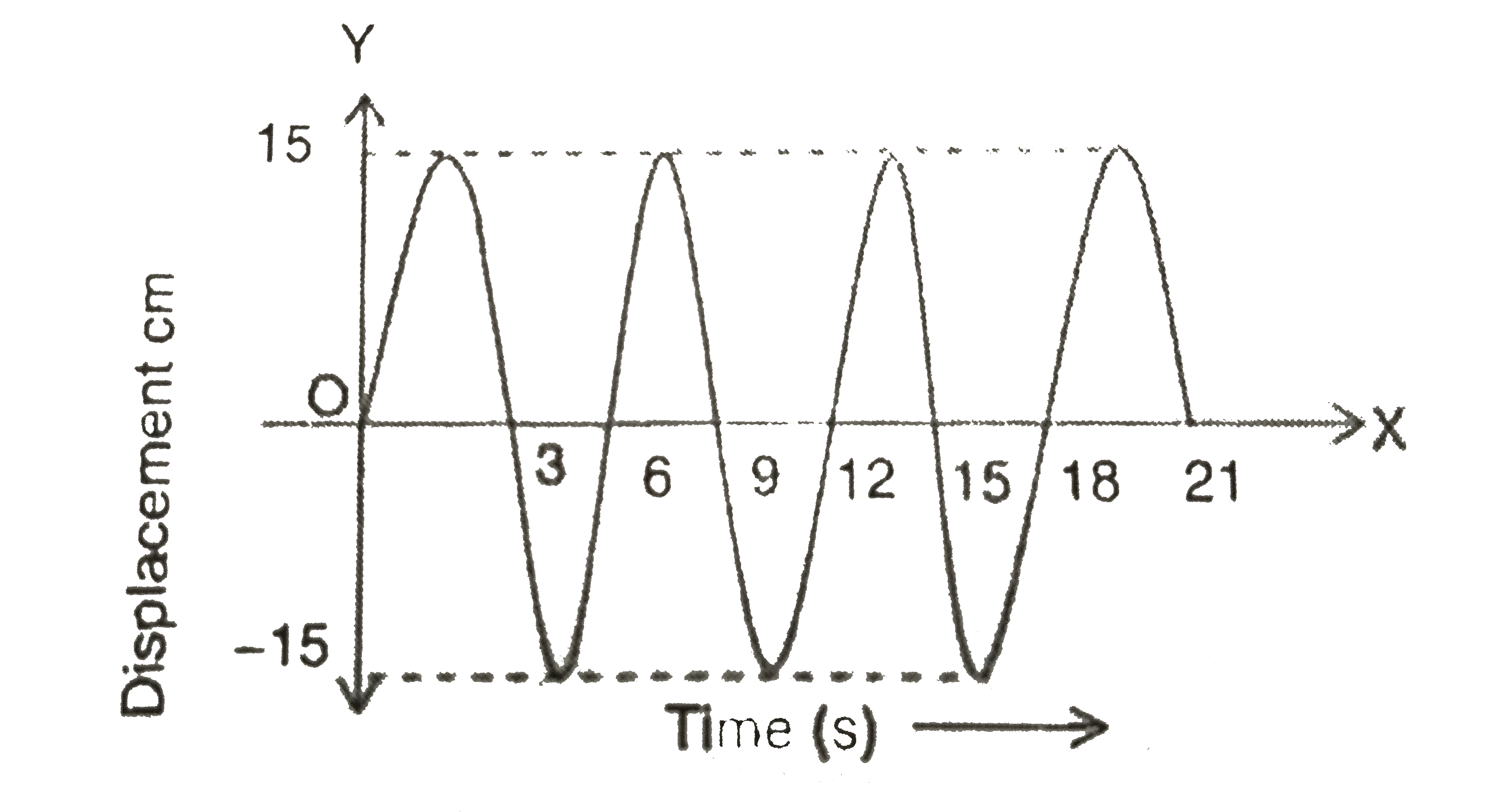Consider a bob attached to a string, hanging from a stand. It oscillates as shown in the figure.

(a) Identify the forces that act on the bob ? (b) What is the acceleration experienced by the bob?
Two forces act on the bob.
(i) Gravitational force (mg) acting downwards (ii) Tension (T) exerted by the string on the bob, whose position determines the direction of T as shown in figure. The bob is moving in a circular arc as shown in the above figure. Hence it has centripetal acceleration. At a point A and C, the bob comes to rest momentarily and then its velocity increases when it moves towards point B. Hence, there is a tangential acceleration along the arc. The gravitational force can be resolved into two components (mgcosθ,mgsinθ) as shown below:

Topper's Solved these Questions
- BOOK - FULL MARKSCHAPTER - LAW OF MOTION EXERCISE - TEXTUAL QUESTIONS SOLVED (MULTIPLE CHOICE QUESTIONS)15videos
LAW OF MOTION
- BOOK - FULL MARKSCHAPTER - LAW OF MOTION EXERCISE - TEXTUAL QUESTIONS SOLVED (SHORT ANSWER QUESTIONS)21videos
LAW OF MOTION
- BOOK - FULL MARKSCHAPTER - KINETIC THEORY OF GASESEXERCISE - Addtional Numerical Problems10videos
KINETIC THEORY OF GASES
- BOOK - FULL MARKSCHAPTER - MOTION OF SYSTEM OF PARTICLES AND RIGID BODIESEXERCISE - ADDITIONAL QUESTIONS SOLVED - III (LONG ANSWER QUESTIONS (5 MARKS))6videos
MOTION OF SYSTEM OF PARTICLES AND RIGID BODIES
Similar Questions
Consider a simple pendulum having a bob attached to a string that oscillates under the action of a force of gracity. Suppose that the period of oscillation of the simple pendulum depends on its length (I), mass of the bob (m) and acc. Due to gravity (g). Derive the expression for its time period using method of dimensions.
View SolutionConsider a simple pendulum having a bob attached to a string that oscillates under the action of a force of gravity. Suppose that the period of oscillation of the simple pendulum depends on its length (I), mass of the bob (m) and acc. due to gravity (g). Derive the expression for its time period using method of dimensions.
View Solution
Knowledge Check
- Question 1 - Select One
In the case of a simple pendulum, a graph is drawn between the displacement and time taken for its oscillations as shown in the figure. Then

Time period of the pendulum bob is ______ s.A3B4C2D312 - Question 2 - Select One
In the case of a simple pendulum, a graph is drawn between the displacement and time taken for its oscillations as shown in the figure. Then

From the given figure the number of oscillations per-formed by the bob at the end of 21 s is ______.A3B4C2D312 - Question 3 - Select One
In the case of a simple pendulum, a graph is drawn between the displacement and time taken for its oscillations as shown in the figure. Then

The amplitude of oscillation of the pendulum bob is _____ cm.A15B5C2.5D7.5
Consider a simple pendulum having a bob attached to a string that oscillates under the action of a force of gracity. Suppose that the period of oscillation of the simple pendulum depends on its length (I), mass of the bob (m) and acc. Due to gravity (g). Derive the expression for its time period using method of dimensions.
View SolutionIn the case of a simple pendulum, a graph is drawn between the displacement and time taken for its oscillations as shown in the figure. Then

Time period of the pendulum bob is ______ s.View SolutionIn the case of a simple pendulum, a graph is drawn between the displacement and time taken for its oscillations as shown in the figure. Then

Time period of the pendulum bob is ______ s.View SolutionIn the case of a simple pendulum, a graph is drawn between the displacement and time taken for its oscillations as shown in the figure. Then

The number of oscillations completed by the bob in one second is ______.View SolutionIn the case of a simple pendulum, a graph is drawn between the displacement and time taken for its oscillations as shown in the figure . Then
From the given figure, the number of oscillation performed by the bob at the end of 21 s is ________
 View Solution
View Solution
